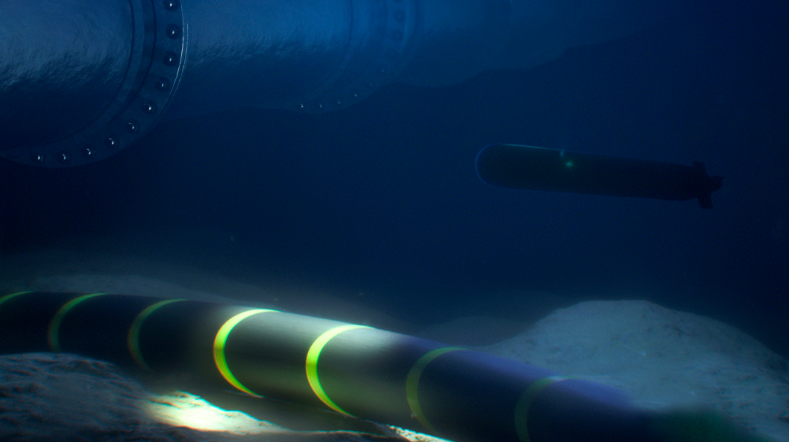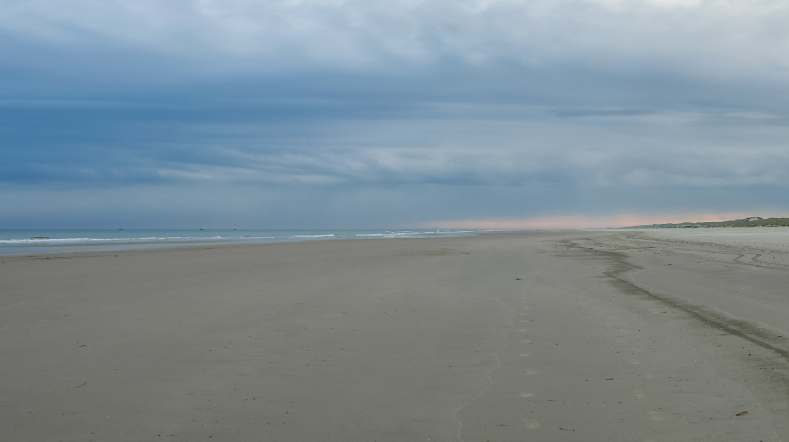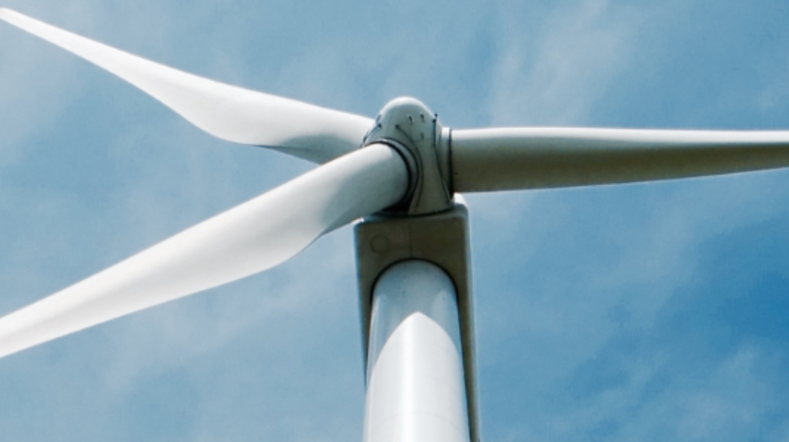
ReliaBlade 2-NL
Status project
Started. From: 2024-2027
In cooperation with
Shell, TU Delft, Suzlon, Tarucca and Fibersail
Recent research indicates that the failure rate of wind turbine blades has not decreased in recent years and that blade durability is a major challenge the wind industry must address. In order to address this challenge, a Dutch collaboration comprising TNO, Shell, TU Delft, Suzlon, Tarucca and Fibersail has started the ReliaBlade2-NL project supported by the GROW-programme.
Reliablade 2-NL aims to significantly enhance the reliability of wind turbine blades by monitoring their structural health throughout their lifespan. To achieve this, existing digital twin concepts will be adapted to predict the remaining blade lifetime and support operations and maintenance.
Motivation
The rapid scale-up of turbine capacity and the increasing size of associated blades have led to a demand for frequent introduction of new blade models with extensive testing campaigns. Despite efforts to control manufacturing processes, manufacturing defects persist, causing damage during certification and commercial use, resulting in potential blade failures. These failures impact electricity production and have far-reaching consequences for wind energy producers and the industry’s role in the broader energy transition.
An integrated approach
ReliaBlade2-NL aims to address these challenges in an integrated framework supporting predictive maintenance decisions. The digital twin framework, combining structural health monitoring, modelling, and probabilistic analysis, will reduce the risk of blade failure, allowing for timely inspections and preventive repairs before catastrophic failure occurs. Key results include failure and fatigue lifetime prediction models, validation test results, operational turbine field validation data, and a structural digital twin for probabilistic lifetime prediction.
The four year project intends to adopt an integrated approach to three major aspects:
1. Blade Modelling
An improved blade modelling scheme will be developed to enable blade structural behaviour predictions over time based on its updated condition. To validate the methods and models, testing at different levels includes material coupons, subcomponent level, full-scale blade and operational turbine.
2. Structure monitoring for blade characterisation and damage diagnosis
Algorithms will be developed to analyse and interpret data from strain, acceleration, and acoustic emission sensors. The project team will use monitoring data for blade characterisation and detection of anomalies during operation. A wind turbine measurement campaign is planned to be performed at an offshore wind farm.
3. Decision support for operation and maintenance
A decision support tool will be developed that uses information from the digital twin. Integrating aspects range from weather data, resource costs and availability, asset-specific information, and maintenance requirements. In addition, the project team will analyse the risk of moving maintenance actions in time and define tolerance limits to optimize maintenance interventions.
Through this, ReliaBlade 2-NL extends the current state-of-the-art by bringing all aspects together in one framework to take decisions for predictive maintenance of WTG blades based on both real-world monitoring and a digital twin for remaining useful life predictions
Get inspired
Wind energy webinars

TNO develops detection system to protect cables and pipelines on seabed


Increasing Wadden Islands’ sustainability with energy from water


Advancing wind turbine blade reliability through innovative monitoring and digital twin technology


Offshore renewable energy production

